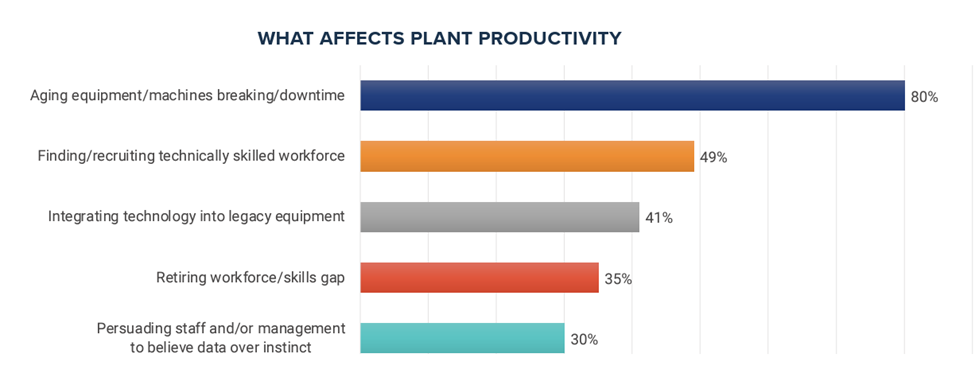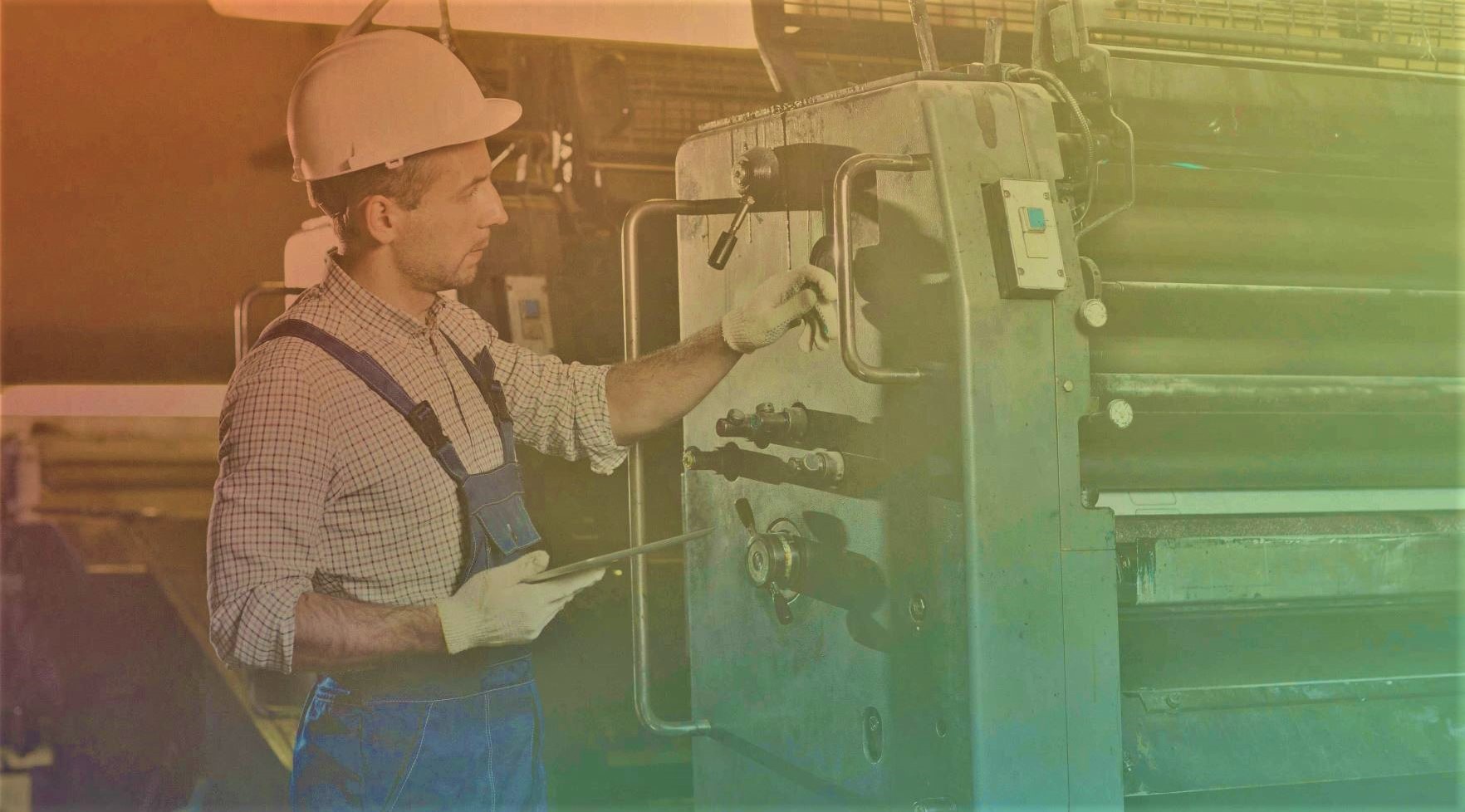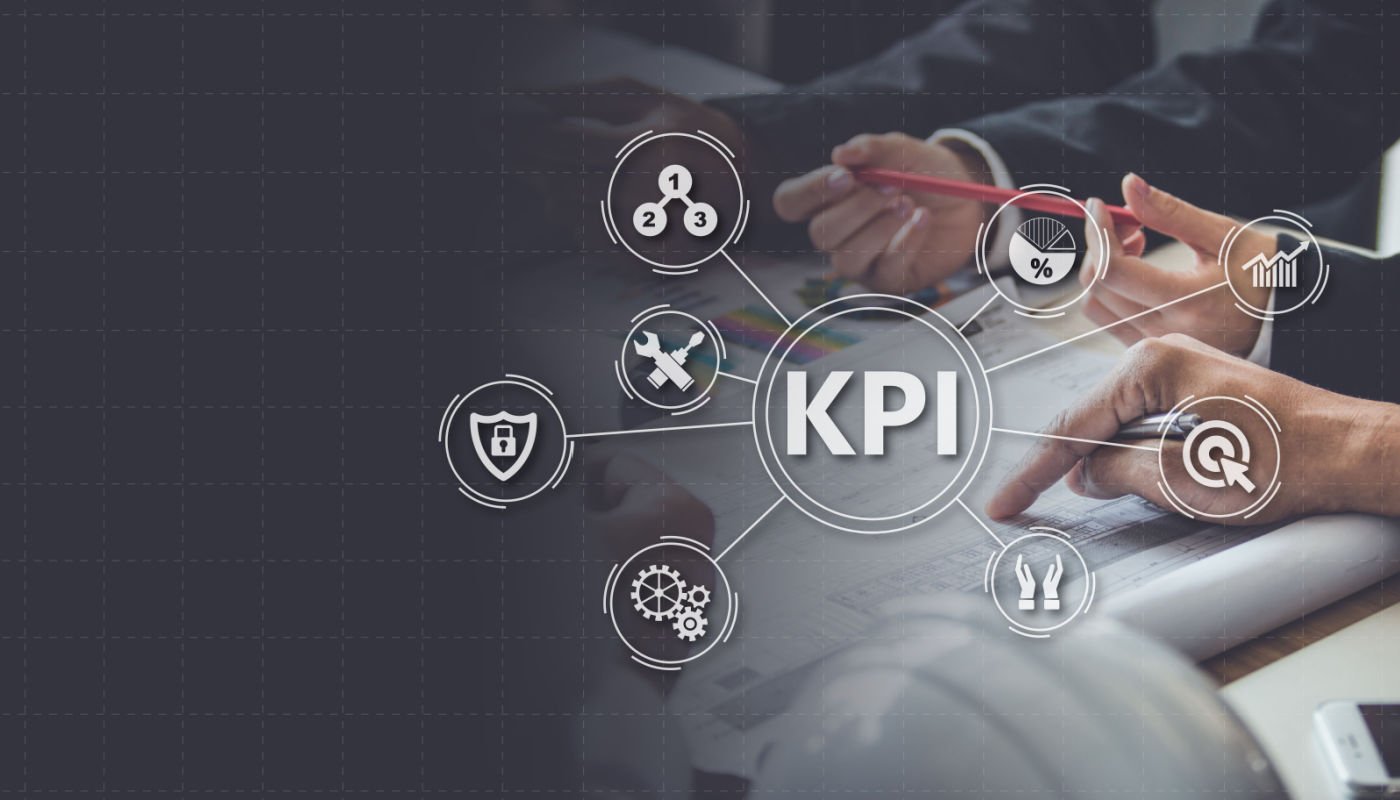In high performing maintenance and repair operations, effective planning and scheduling is critical for controlling costs and resources. Leading organizations recognize this importance whether you are dispatching technicians for PMs or responding to a breakdown event.
Tracking the right planning and scheduling metrics will help you evaluate and improve maintenance management. A good maintenance KPI is much more than a scorecard, it is actually a tool to see the impact your investments have on your maintenance program. A good place to start an improvement program is with planning and scheduling metrics.
Understanding Planning and Scheduling Metrics
First, let’s dive into a few of the key metrics for planning and scheduling separately. The art of planning involves identifying and documenting what needs to be done to complete a job. Meanwhile, scheduling is focused on identifying when jobs can be done based on human and material resources on hand.
Maintenance Planning Accuracy
The primary planning metric is called “Planning Accuracy” or “Planned vs. Actual (PvA)”. This is a measure of the percentage of work orders that are completed within the time allotted by the planner. If 100 work orders are scheduled in any given day, for example, and 30 of them go longer than planned, then the planning accuracy percentage is 70%.
Planning Accuracy %= Amount of work orders completed as planned
÷Total number of work orders
If a high percentage are not completed as planned, you will want to drill down deeper to understand if the time is over or under-estimated. To do this, you can compare the sum of all the estimated (planned) labor hours for a month divided by the sum of all the actual labor hours charged to those jobs. At this point, you can evaluate the degree of accuracy.
Initially results will likely be far ranging – anywhere from 40% to 90% is common. If the percentage is over 100%, then you are overestimating and if under 100%, you are under-estimating. As you review the numbers, focus on the outliers in the data to continually improve time estimates for individual planned tasks and address other root causes of the discrepancies. A good target is 90% planning accuracy.
A planner can easily manipulate this metric by padding time in the task estimates. It can also be manipulated by the technician who can modify the time recorded. It is important to set a tone of trust that this is not a human performance metric, it is part of a process of improving the planning of maintenance tasks for efficiency and maintenance budget control.
Schedule Planning Compliance
The next set of metrics is all about measuring the quality of the schedule you’re setting and deploying. The primary metric is “Schedule Compliance,” or “Planned Maintenance Compliance (PM Compliance).” This is the percentage of scheduled jobs that technicians attend to within the set period of time.
Schedule Compliance %= Technician on time work orders
÷Total number of work orders
The benchmark target is over 80% schedule compliance. You’re not pursuing perfection since breakdown events will take precedence over completing PM work.
Manufacturing organizations benefit the most from tracking schedule compliance. Maintenance Scheduling is carefully coordinated between schedulers, operators, mechanics, and other plant personnel. Equipment is a profit center, and if planned downtime for maintenance needs to be extended, the loss of production capacity could hurt company revenue.
Another aspect of schedule compliance is “Work Completion” ratio, another aspect of schedule compliance, is the percentage of jobs scheduled that were actually completed.
Work Completion %= number of work orders successfully completed
÷Total number of work orders
Once again, a low work completion ratio means technicians don’t have the time or materials to finish the work as scheduled. 80% work completion ratio is a good target as breakdowns, lack of parts, and other disruptions will impact this measure.
Schedule compliance should not be used to see whether supervisors are honoring the schedule. Similar to planning accuracy, schedule compliance is another measure of overall maintenance process effectiveness and should be used to guide proactive improvement discussions.
Planning and Scheduling Improvement Strategies
Improvement starts with analyzing results, reviewing trends, and identifying root causes of low compliance. This process needs to involve maintenance managers, reliability engineers, planners, schedulers, and the supporting maintenance team. It is everyone’s responsibility to complete the right work, on the right assets, at the right time. Engaging the whole organization in understanding these maintenance KPIs will enable each individual to participate in driving improvements. Whether it is how the technician captures his time or how the scheduler creates the weekly schedule, everyone plays a role in achieving maintenance effectiveness.
In addition to establishing open and collaborative communication, technology is an important tool in evaluating and improving results. Maintenance KPIs require data, and if it takes hours to capture and sort the information to calculate these measures, then you aren’t likely to consistently track the metrics. Maintenance management solutions such as planning and scheduling automation software can simplify pulling together reports and analyzing results over time.
Good reporting requires quality data. Complete and accurate data starts with consistent processes and making it easy for technician’s and operators to capture details like time started, time spent, and why work was not completed the first time. Replacing paper systems with a mobile solution can automate the capture of these details and more leading to greater accuracy, and less time spent collecting and writing.
Planning and scheduling processes are the foundation of efficient maintenance operations. Metrics like planning accuracy and scheduling compliance play a key role in measuring how well you are optimizing time and resources. A software investment to track and view planning & scheduling metrics will provide the insights you need for greater maintenance productivity and overall operational improvements.
For more details about these metrics plus more, download our whitepaper:
UNLEASH THE POWER OF SAP AND SAVE
Automate planning and scheduling to increase productivity and reduce costs.
Find the Right Solutions for Maintenance Management
We can help you establish and evaluate maintenance KPIs then act on the insights. With our Planning & Scheduling software, you can improve your efficiency in maintenance management plus regularly track and evaluate planning and scheduling metrics. Our leading mobile maintenance app improves the productivity of your workforce while capturing the valuable data to drive continuous improvement processes.











